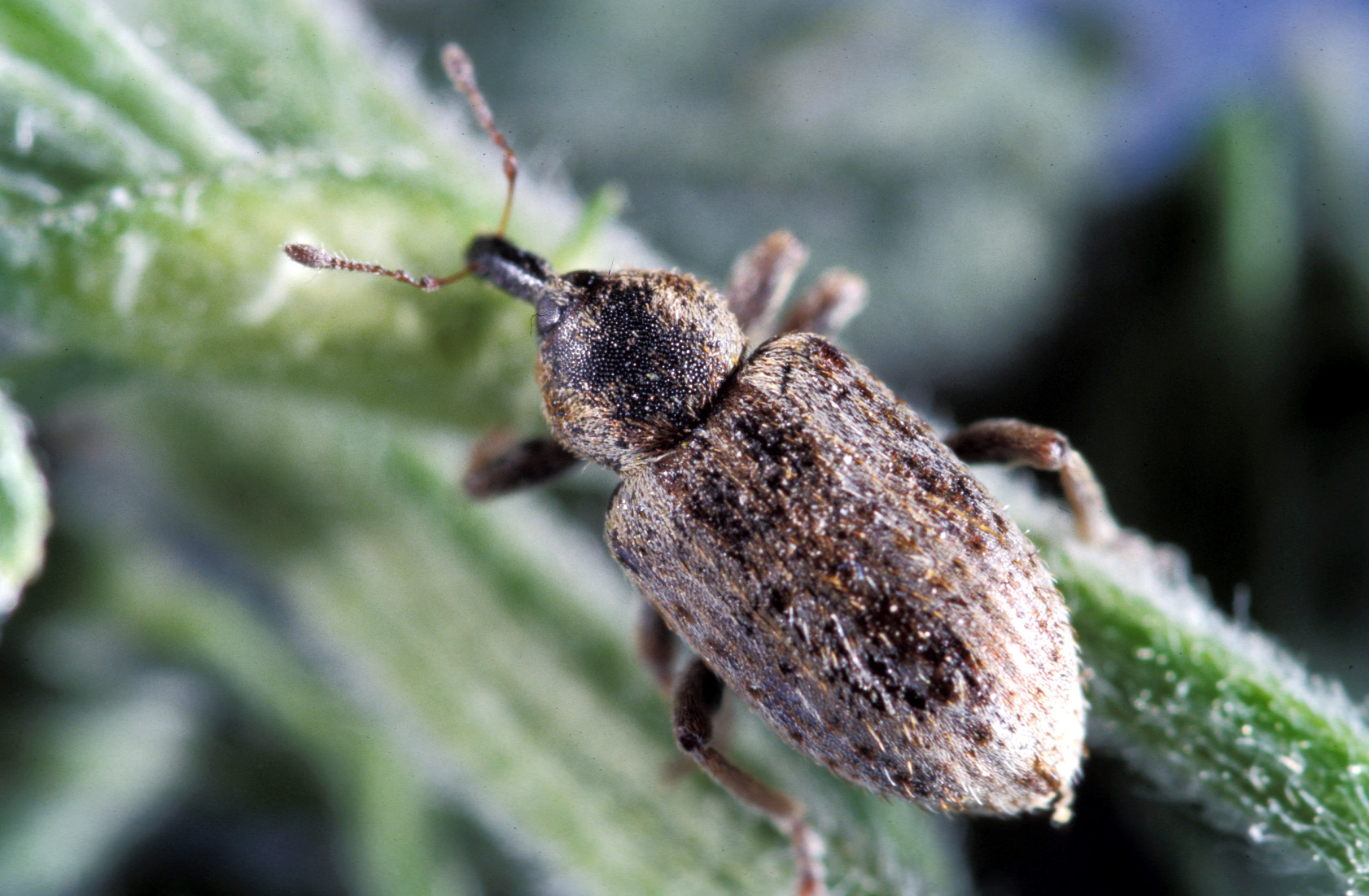Scout for Alfalfa Weevil Now
If you manage fields with alfalfa, now is the time to be scouting for alfalfa weevil larvae in northern Indiana.
Christian Krupke, Purdue Field Crops Pest Management Specialist, recently said that pest managers throughout Indiana should be scouting the alfalfa for leaf feeding from weevil larvae.
“Alfalfa weevils are a consistent pest that is highly cold tolerant,” he said. “Many alfalfa fields will require treatment to manage the larvae.” Krupke said that pyrethroid insecticides are still largely effective, but not bulletproof. “Resistance has been reported from parts of the U.S. where alfalfa is grown most intensively and weevils are more consistently exposed to insecticides over a larger area,” he said.
“With this in mind, it is good practice to do a post-treatment survey for live weevil larvae after spray applications,” he said. “Remember to rotate chemistries.” He added that there are also non-pyrethroid options for the control of this pest.
Previously, Keith Johnson, Purdue forage specialist (retired), said that as temperatures warm in April, scouting for the presence of alfalfa weevil should be a routine task. Larvae are small and pale green with black heads. Each has a distinct white stripe on the back that runs the length of the body. When fully grown, it will reach 3/8 inch (9 mm) in length.
“Before first cutting, walk a representative sample area in the field in an ‘M’ pattern,” said Johnson. “Examine 5 plant stems at each corner and middle of the ‘M’ and note feeding injury, size of larvae, diseased larvae, plant maturity and stem length.”
Johnson said that early attacks by alfalfa weevil larvae are pinholes in leaves, particularly near the stem growing point. Later, larger larval instars (larvae that have undergone molts to grow) shred or skeletonize leaves. Fields with severe leaf damage will appear gray.
Alfalfa weevil adults are brown and have a darker brown stripe on the back that runs the length of the body. Adults also have a prominent “snout.”

Above: Alfalfa weevil adult. Photo by John Obermeyer, Purdue University.
Scouting and management guidelines may be found in Purdue Extension’s Forage Field Guide, available for purchase at Purdue Extension offices or online through the Education Store, https://edustore.purdue.edu/.
Find Krupke’s original article, Alfalfa Weevil Management Guidelines, in the April 11, 2025 edition of Purdue Pest and Crop Newsletter at: https://extension.entm.purdue.edu/newsletters/pestandcrop/.
For a complete overview of alfalfa pest management, access Purdue Extension’s “Alfalfa Insect Control Recommendations,” authored by Krupke and Purdue IPM specialist John Obermeyer, at: https://extension.entm.purdue.edu/publications/E-220/E-220.html.
Each of these resources lists suggested management actions based on accumulated heat units and the percentage of tip feeding observed.